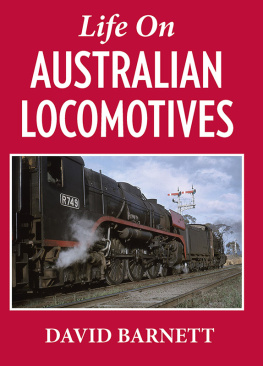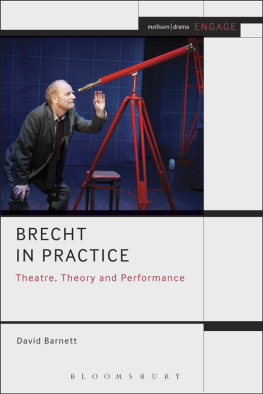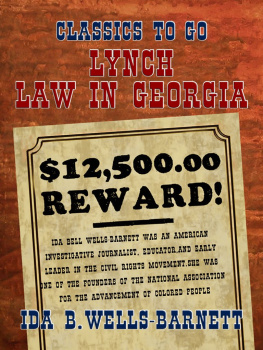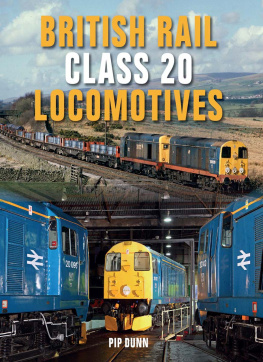David Barnett - Life on Australian Locomotives
Here you can read online David Barnett - Life on Australian Locomotives full text of the book (entire story) in english for free. Download pdf and epub, get meaning, cover and reviews about this ebook. publisher: Rosenberg Publishing, genre: Non-fiction. Description of the work, (preface) as well as reviews are available. Best literature library LitArk.com created for fans of good reading and offers a wide selection of genres:
Romance novel
Science fiction
Adventure
Detective
Science
History
Home and family
Prose
Art
Politics
Computer
Non-fiction
Religion
Business
Children
Humor
Choose a favorite category and find really read worthwhile books. Enjoy immersion in the world of imagination, feel the emotions of the characters or learn something new for yourself, make an fascinating discovery.
- Book:Life on Australian Locomotives
- Author:
- Publisher:Rosenberg Publishing
- Genre:
- Rating:3 / 5
- Favourites:Add to favourites
- Your mark:
- 60
- 1
- 2
- 3
- 4
- 5
Life on Australian Locomotives: summary, description and annotation
We offer to read an annotation, description, summary or preface (depends on what the author of the book "Life on Australian Locomotives" wrote himself). If you haven't found the necessary information about the book — write in the comments, we will try to find it.
Life on Australian Locomotives — read online for free the complete book (whole text) full work
Below is the text of the book, divided by pages. System saving the place of the last page read, allows you to conveniently read the book "Life on Australian Locomotives" online for free, without having to search again every time where you left off. Put a bookmark, and you can go to the page where you finished reading at any time.
Font size:
Interval:
Bookmark:
Life on Australian Locomotives

Life on Australian Locomotives
David Barnett
ROSENBERG
For Philip and Christopher
First published in Australia in 2015
by Rosenberg Publishing Pty Ltd
PO Box 6125, Dural Delivery Centre NSW 2158
Phone: 61 2 9654 1502 Fax: 61 2 9654 1338
Email:
Web: www.rosenbergpub.com.au
Copyright David M Barnett 2015
All rights reserved. No part of this publication may be reproduced, stored in a retrieval system, or transmitted, in any form or by any means, electronic, mechanical, photocopying, recording or otherwise, without the prior permission of the publisher in writing.
National Library of Australia Cataloguing-in-Publication data:
Creator: Barnett, David Maxwell, 1936 author.
Title: Life on Australian locomotives / David M Barnett.
ISBN: 9781925078527 (paperback)
ISBN: 9781925078626 (ebook epub)
Notes: Includes index.
Subjects: Barnett, David Maxwell, 1936
Fire fightersAustraliaBiography.
LocomotivesAustralia.
Dewey Number: 363.37092
Cover and map design by Norman Barnett
Printed in China by Everbest Printing Co Limited
Contents
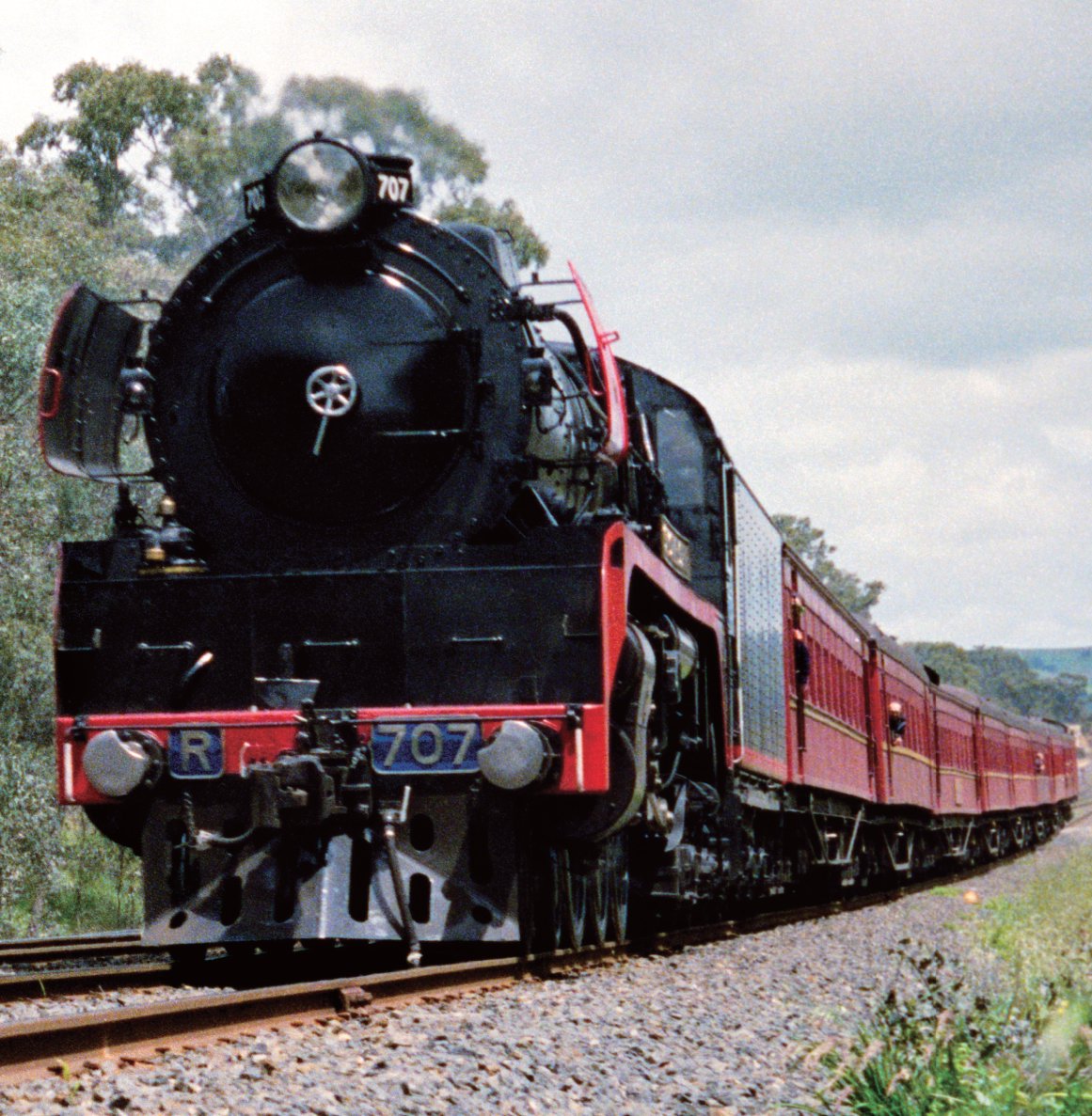
A spotless R707 makes an impressive sight as it drifts north at speed between Kilmore East and Broadford on a Bi-Centenary Special in 1988. (David Barnett)

A spotless R707 makes an impressive sight as it drifts north at speed between Kilmore East and Broadford on a Bi-Centenary Special in 1988. (David Barnett)
Foreword
From time to time a book on railways is published that has a Foreword or Preface written by some noted railway figure such as a Departmental Manager, Senior Engineer, Politician, Ministerial Advisor or high ranking Head Office official. The writer praises the books author for their lively tale of railway activity, well researched technical detail and for providing an interesting behind the scenes look at day-to-day railway operations.
If this is what introduces the book, you can be pretty sure that it is a bland and disappointing account of its subject matter. Senior figures and Head Office personnel know very little about day-to-day railway operations. If they did, they would most likely try and put a stop to them!
So if an author has this kind of official sanction, interesting, humorous and absorbing material is unlikely to appear in his writing.
Life on Australian Locomotives is not one of those books. It deals with events in steam locomotive cabs that were completely unauthorized by any Head Office department and far removed from official sanction. Later, when the author is officially on the footplate, it describes circumstances, incidents and happenings well away from Head Office scrutiny, which take place in remote locations and at times when even the most keen railway enthusiast would not be awake.
With this kind of adventure in store, you are invited to don your overalls and cap, climb into the cab and enjoy the aromas of oil, steam and steel. The brake test is complete and our starting signal is at proceed. We receive the right away. A brief, distinctive hiss of air confirms the release of the independent engine brake and the regulator is eased open. Steam issues from the cylinder cocks and with a short whistle we are moving into the era when a steam regulator was a sceptre, and a blue starched cap a crown.
David Barnett
March 2015
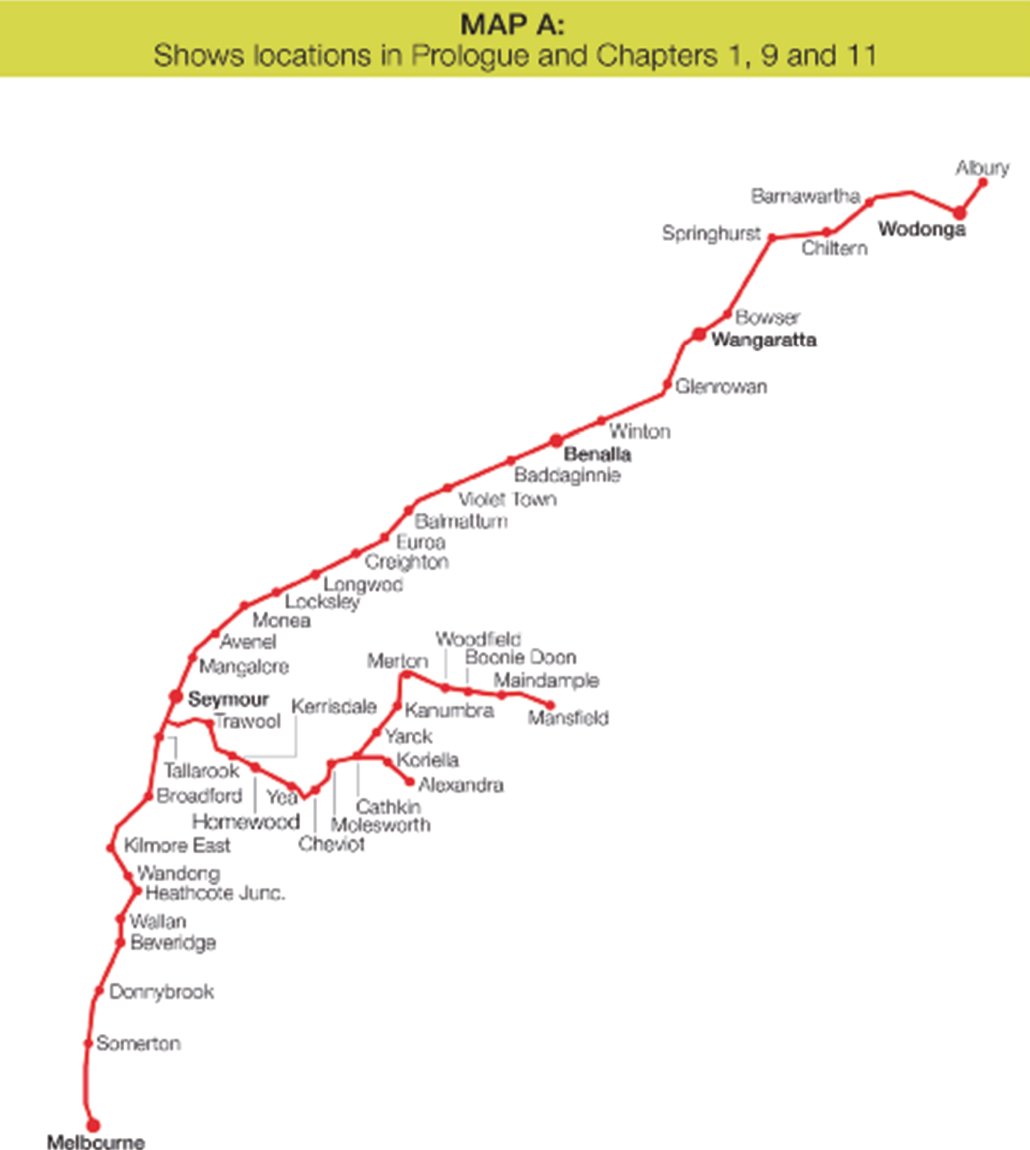
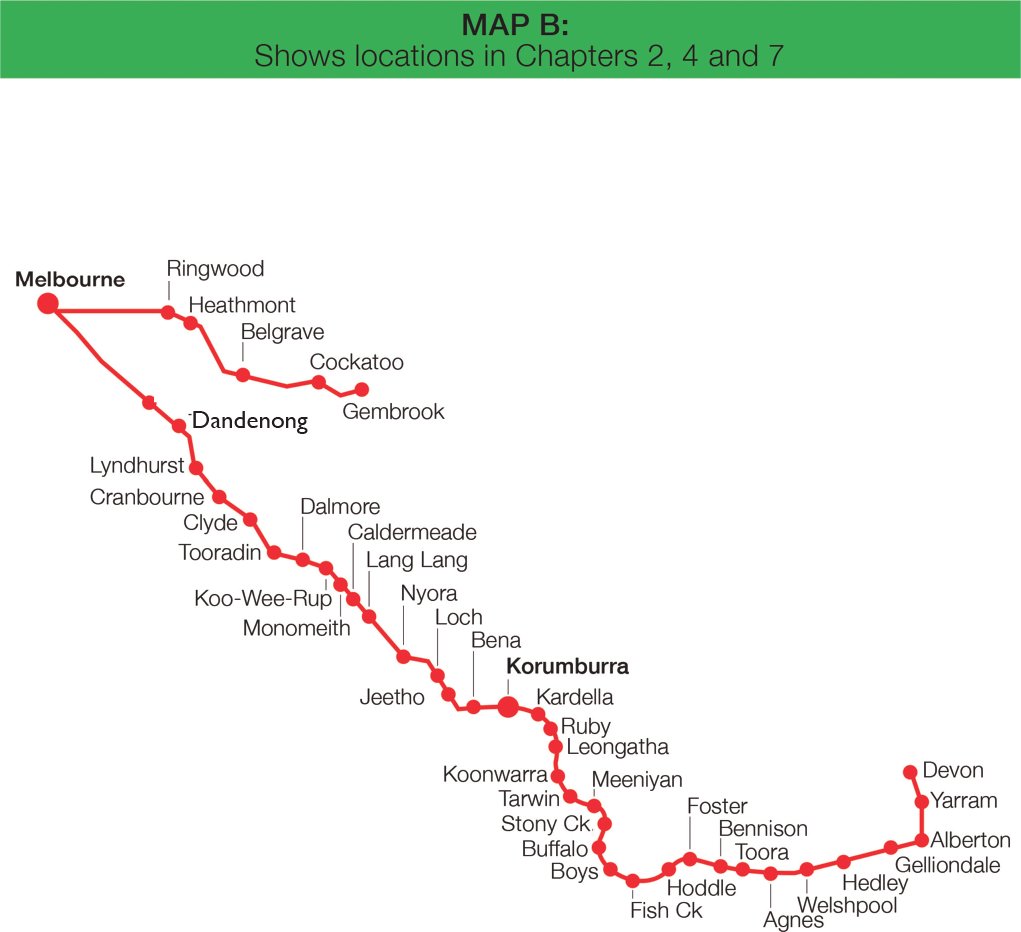
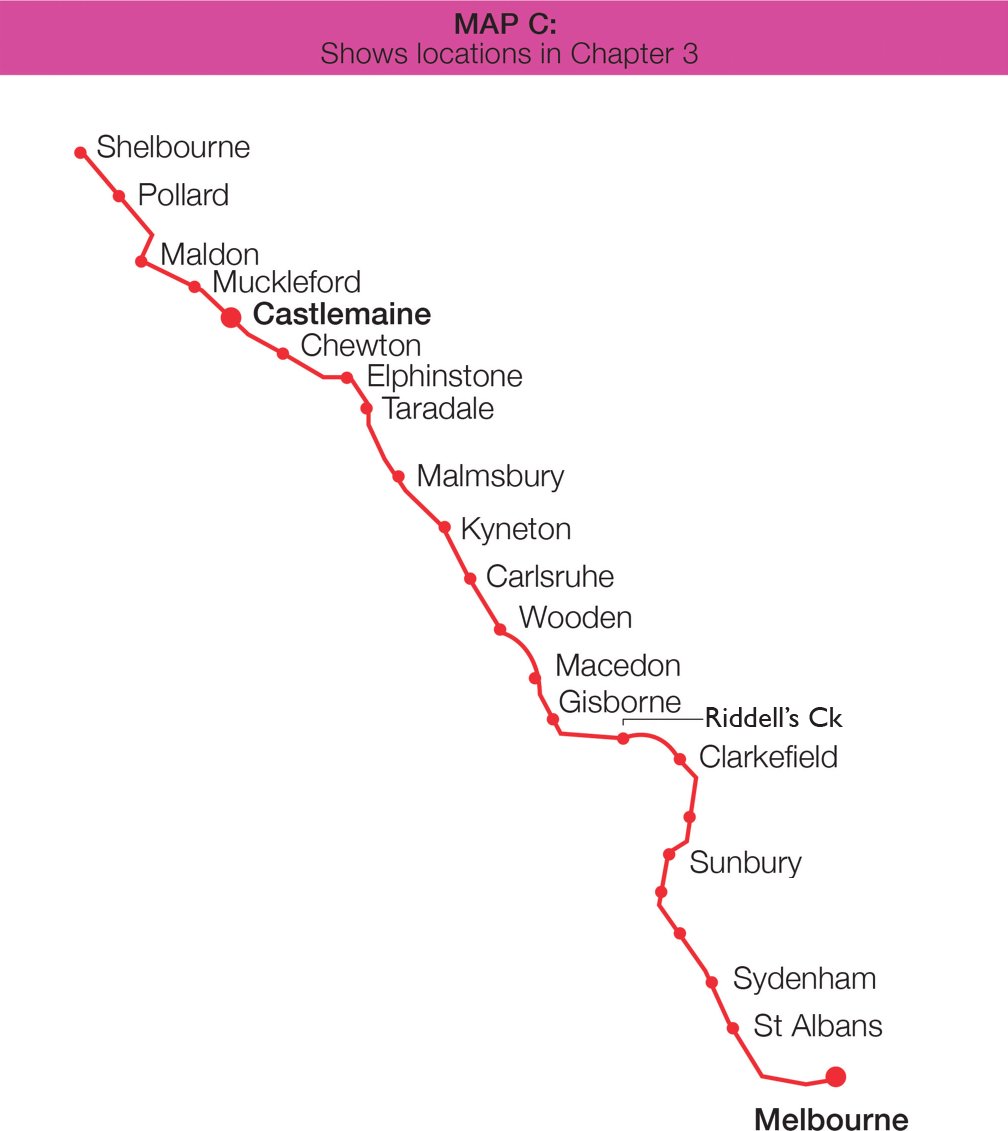
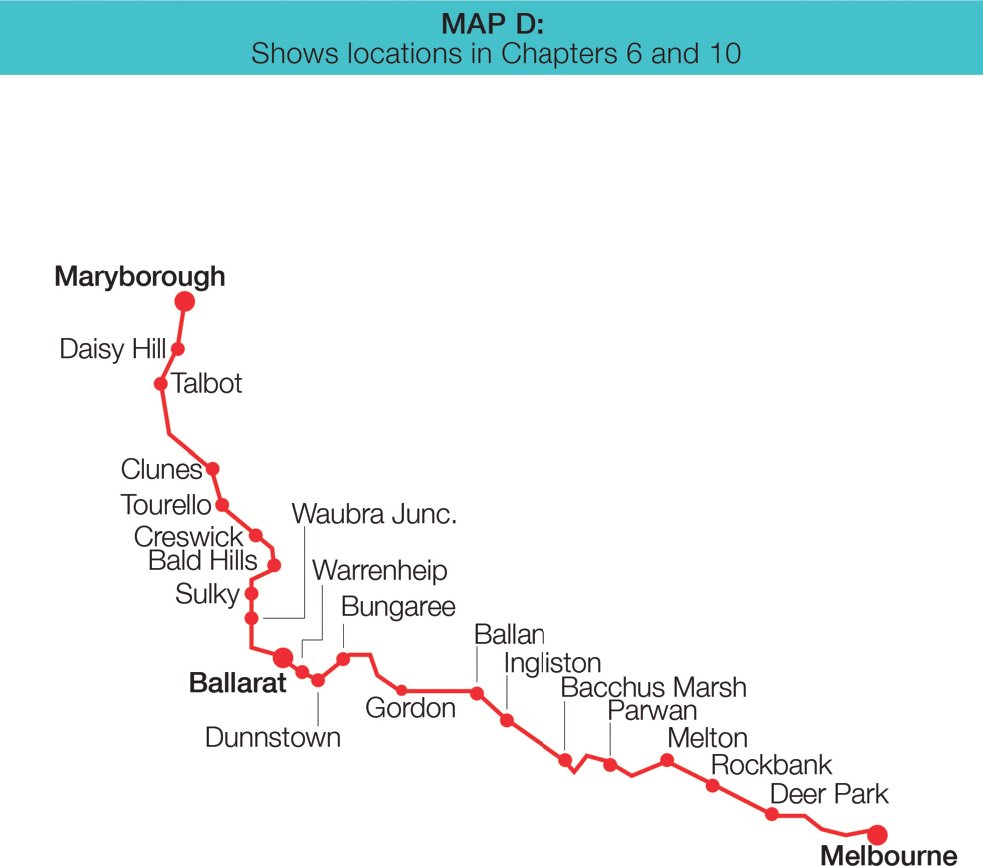
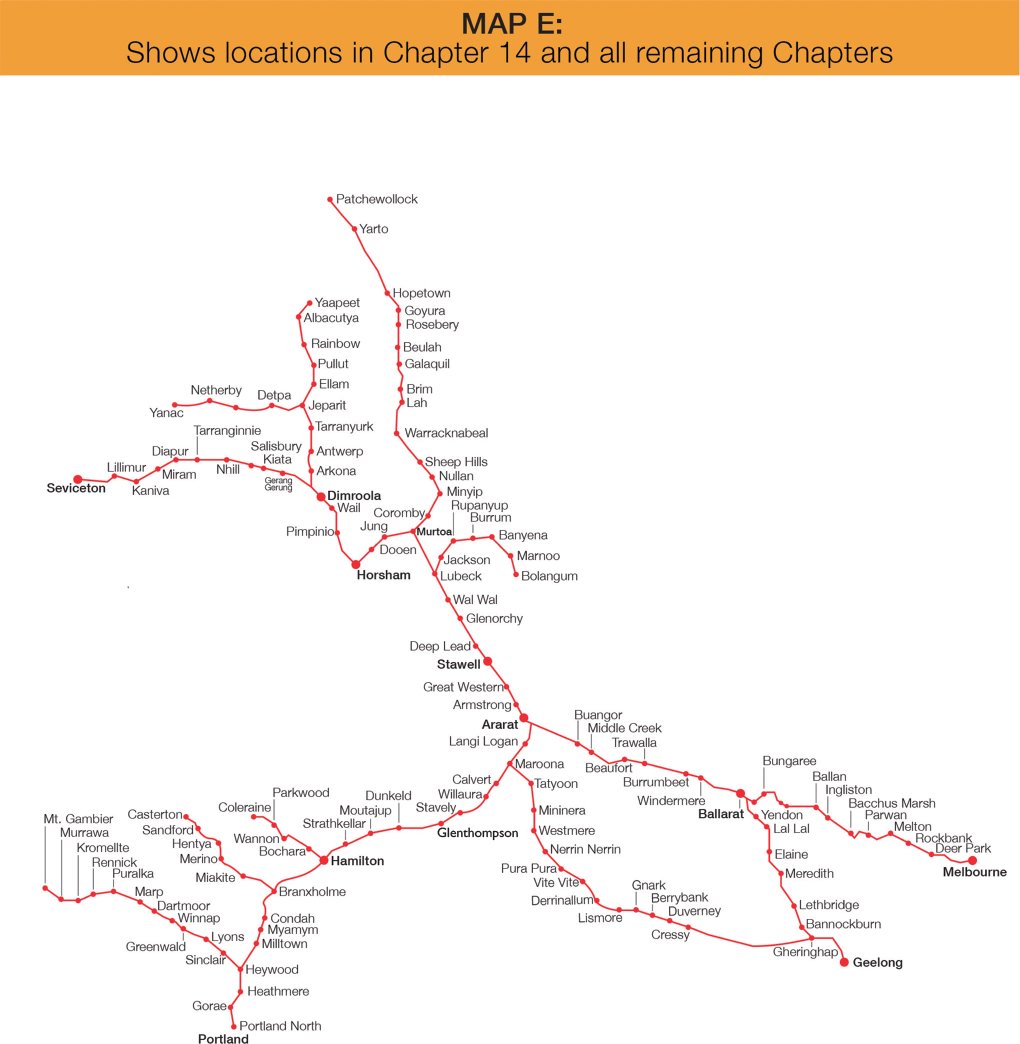
Prologue Ahead of Schedule
If ever there was a train required to depart and arrive on time, it was the Spirit of Progress.
In the late 1940s, the Spirit to Albury was hauled by one of four, royal blue, streamlined, three-cylinder S class 4-6-2 steam locomotives. When at North Melbourne, these were stabled outside the depot, adjacent to its south-west wall. Wodonga crews ran the train. Sign-on time was 4.35 pm. The crew would pick up their engine stores and proceed to the locomotive, which was stabled facing funnel-first towards Melbourne.
The S class were too long to fit on a turntable. Turning was accomplished by their traversing a loop at the back of the depot, with a similar arrangement being provided at Wodonga.
On arrival at their engine, the crew would oil and otherwise prepare it for the 190 mile journey to Albury. To assist in timekeeping, the Spirit engines were bunkered with the best Maitland coal.
On the day with which we are concerned, the fireman tested the gauge glasses (see Glossary), turned on the blower, opened the dampers, and fastened open the firebox doors. They revealed a yawning firebox with a grate area of 50 square feet. He pushed down the banked fire, using the long pricker.
Picking up the shovel, he placed coal around the firebox, gradually building up the fire to raise steam.
On the road, he would be stepping on the treadle that activated the small air cylinder connected to the firebox doors enabling their hands-free operation..
The S class cab was roomy. It surrounded the engineman with the distinctive aroma of oil, steam and steel, boasted two steam gauges, one on each side, two enormous brass injectors to feed the boiler and an air brake with a straight air portion for use on the locomotive, independent of the brakes on the train. Everything was on a big scale.
A little after 5.30 pm, the mellow chime whistle sounded and the S backed away from the depot and around the loop. The huge, streamlined, 12-wheel tender led the way to the sound of a muted and erratic three-cylinder exhaust, characteristic of an S class running in reverse. The engine soon arrived at the TR (train running) point, where, now facing funnel-first to Albury, it stopped. The fireman climbed down and telephoned the signalman to announce the engines presence.
After a brief delay, it was signalled to proceed. All the while the turbo generator hummed pleasantly, accompanied by the gentle rhythm of the single-stage air compressor and the ever-present aroma of steel, bathed in oil and steam, an atmosphere that was both musical and reassuring.
With a steady hand and a practised eye the driver guided the locomotive through a myriad of signals to Spencer Streets No. 1 platform. He stopped short of the 11-car consist and the fireman swung down to check the coupling alignment on the tender and baggage car. These being satisfactory, he gave the driver an ease up sign and the huge streamlined bulk eased back on to the Southern Hemispheres premier train. The fireman checked that the couplings were secure, coupled up the brake pipes, opened the brake pipe cocks and returned to the cab.
Next pageFont size:
Interval:
Bookmark:
Similar books «Life on Australian Locomotives»
Look at similar books to Life on Australian Locomotives. We have selected literature similar in name and meaning in the hope of providing readers with more options to find new, interesting, not yet read works.
Discussion, reviews of the book Life on Australian Locomotives and just readers' own opinions. Leave your comments, write what you think about the work, its meaning or the main characters. Specify what exactly you liked and what you didn't like, and why you think so.

